Carbon monoxide (CO) is a common indoor air pollutant present throughout homes in the U.S. and it poses a significant health risk to homeowners and renters. Every year, more than 100,000 people visit emergency departments due to accidental CO poisoning, usually during colder months. Common causes of carbon monoxide include gas appliances, wood-burning fireplaces, and idling cars.
Luckily, CO poisoning is often preventable. There are easy steps you can take to reduce your risk at home, regardless of your living situation. Whether you reside in a house in Boston or rent an apartment in Round Rock, TX, read on to learn what causes carbon monoxide in a house and how to prevent it.
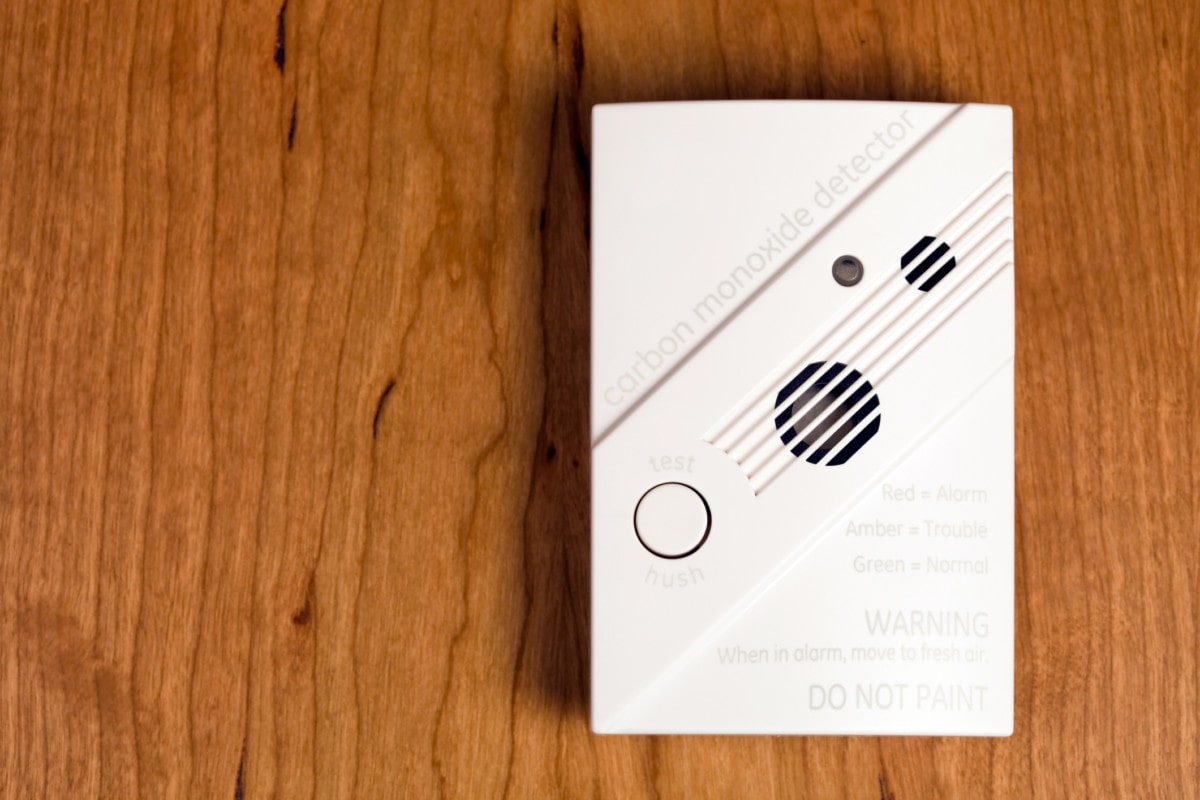
What is carbon monoxide?
Carbon monoxide is a colorless, odorless, and tasteless gas that is toxic to humans and animals. It forms during incomplete combustion (without enough oxygen) of carbon-based fuels, such as gasoline, natural gas, propane, and wood. It’s a dangerous flammable gas that can be explosive in large quantities.
Carbon monoxide is also harmful when inhaled because it reduces the amount of oxygen blood can transport throughout the body, which can lead to poisoning.
Natural gas leaks are the primary source of carbon monoxide in most homes.
Symptoms of carbon monoxide poisoning
Carbon monoxide poisoning affects everyone differently, but the most common symptoms are:
- Chest pain
- Confusion
- Convulsions
- Dizziness
- Fatigue
- Headaches
- Nausea
- Vomiting
In severe cases, CO poisoning can be fatal. This is why it’s essential to prevent carbon monoxide from entering your home and to detect it as soon as possible if it does. Inhaling carbon monoxide outdoors is also a concern for those with heart disease.
If you detect any signs of carbon monoxide in your house or think you have been exposed, contact your local utility provider or call 911 immediately.
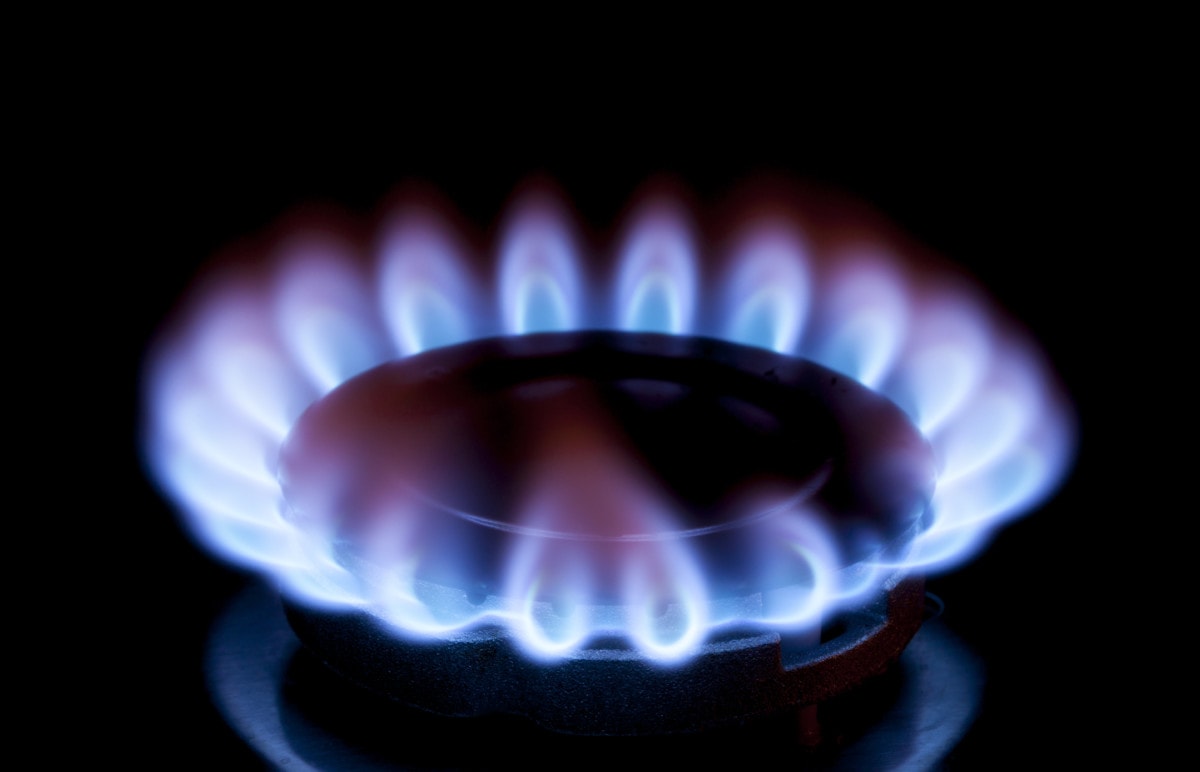
Renovating your home?
Find out what your home's worth, edit facts, and see the impact of home projects.
What causes carbon monoxide in a house?
Renovating your home?
Anything that uses a carbon-based fuel source can produce carbon monoxide. Here are the most common sources of carbon monoxide in a house.
1. Faulty or improperly installed heating systems
If your heating system isn’t working correctly, it can produce CO. This can occur if there is a blockage in the chimney or flue or if the furnace doesn’t vent correctly.
2. Gas appliances
Poorly ventilated appliances are the most common cause of carbon monoxide buildup. Gas appliances, including stoves, dryers, fireplaces, and water heaters, all produce CO if they aren’t properly installed or if there is a blockage in the exhaust vent. Gas stoves also produce low levels of carbon monoxide when set to a low setting during regular use.
3. Wood-burning stoves and fireplaces
Burning wood is especially dirty and can cause serious health concerns if your chimney isn’t functioning correctly. Make sure never to get too close to an open flame as well.
4. Portable generators
Using a portable generator inside your home, garage, or other enclosed space can quickly produce dangerous levels of CO. Never use a portable generator indoors.
5. Blocked or clogged chimneys
Blockages in chimneys, flues, or vents can prevent gas from filtering outdoors, causing a buildup indoors.
6. Smoking indoors
Smoking cigarettes, cigars, or pipes indoors also increases exposure to carbon monoxide. Because smoking can cause heart and lung issues, it may worsen symptoms of CO exposure.
7. Automobile exhaust
Running a car engine in an enclosed space, such as a garage, produces dangerous levels of carbon monoxide, which can quickly become deadly.
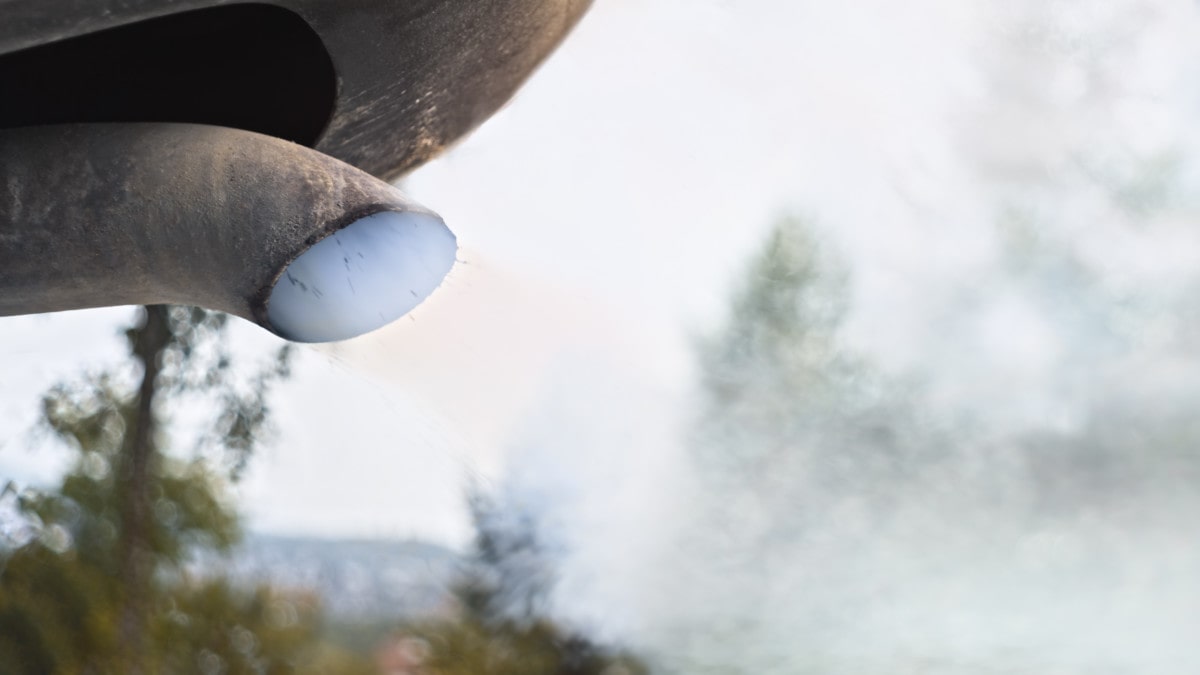
How to prevent carbon monoxide in your home
Preventing carbon monoxide from entering your home is the best way to reduce your risk of exposure. Here are a few tips to help.
1. Install carbon monoxide detectors
Install battery-operated or hardwired carbon monoxide detectors near where you sleep and throughout your home to alert you to dangerous gas levels. Change the batteries twice yearly, and replace them every ten years or when their end-of-life signals sound.
2. Maintain and inspect heating systems
Have a qualified technician inspect and maintain your heating systems, including furnaces, boilers, and chimneys, to ensure proper ventilation and safe operation.
3. Ventilate gas appliances
Use gas stoves, dryers, water heaters, and furnaces in well-ventilated areas, and make sure they’re installed correctly. Horizontal vent pipes for appliances, such as a water heater, should go up slightly as they go outside.
Never use a gas range to heat your home; it’s inefficient and dangerous.
4. Avoid using portable generators indoors
Never use a portable gas generator inside your home, garage, or less than 20 feet from any window, door, or vent. If you must use a generator indoors, such as for medical appliances during a power outage, use only battery powered options that are explicitly approved for indoor use.
5. Keep chimneys and flues clear
Keep chimneys, flues, and vents clear of debris and blockages. Hire a professional to clean your chimney every year, and if you haven’t used the chimney for many years.
6. Never smoke indoors
Never smoke cigarettes, cigars, or pipes indoors; smoking increases exposure to carbon monoxide and other harmful pollutants.
7. Don’t run a car engine in an enclosed space
Never let your vehicle idle in an enclosed space, even if the garage door is open. Run your vehicle outdoors in an open, well-ventilated area to avoid dangerous gas buildup.
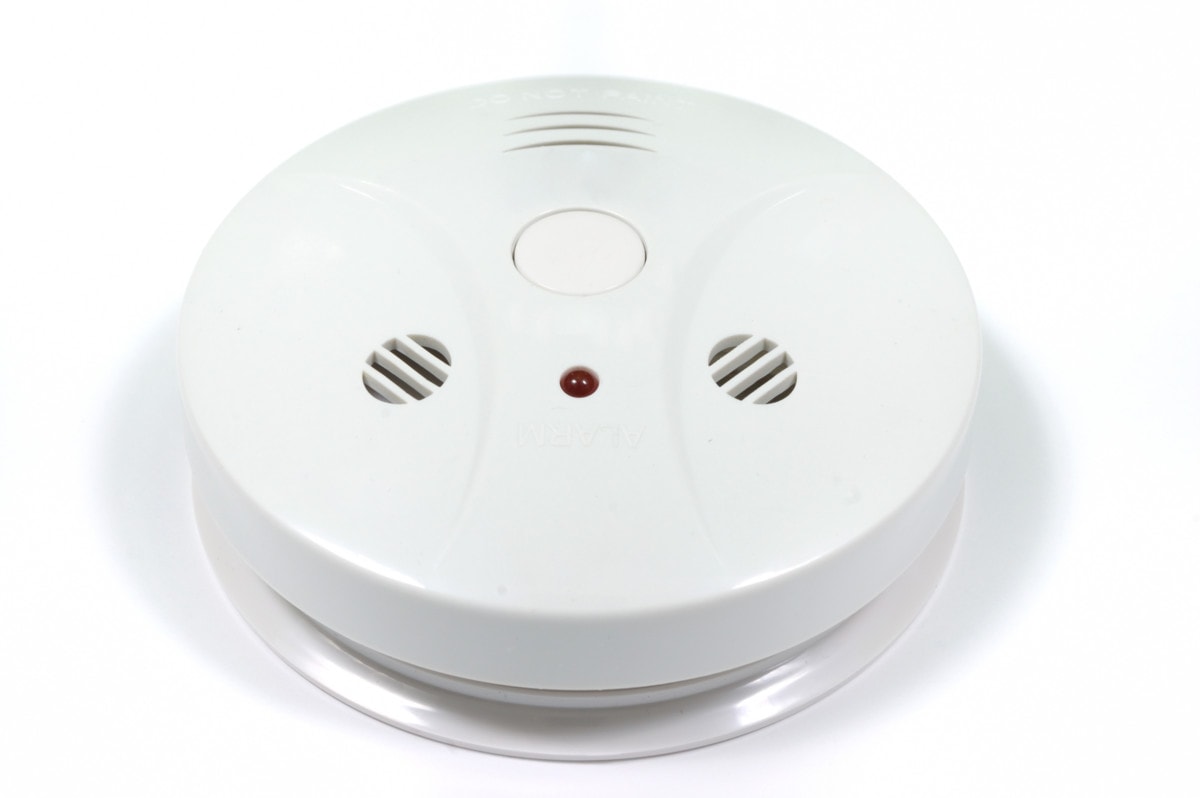
Looking to save money on your mortgage?
How to know if carbon monoxide is in your house
A carbon monoxide detector will alert you if there are any dangerous gasses in your home. However, it’s best to avoid using appliances that generate CO and to take all necessary precautions.
If your carbon monoxide detector goes off, get everyone outdoors and call your gas company’s emergency line or 911. Stay outdoors until professionals tell you it’s safe to reenter.










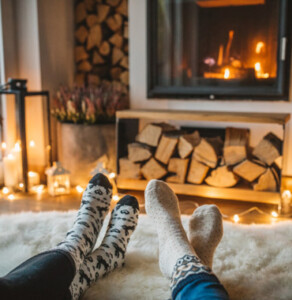


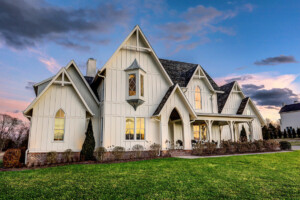













 United States
United States Canada
Canada